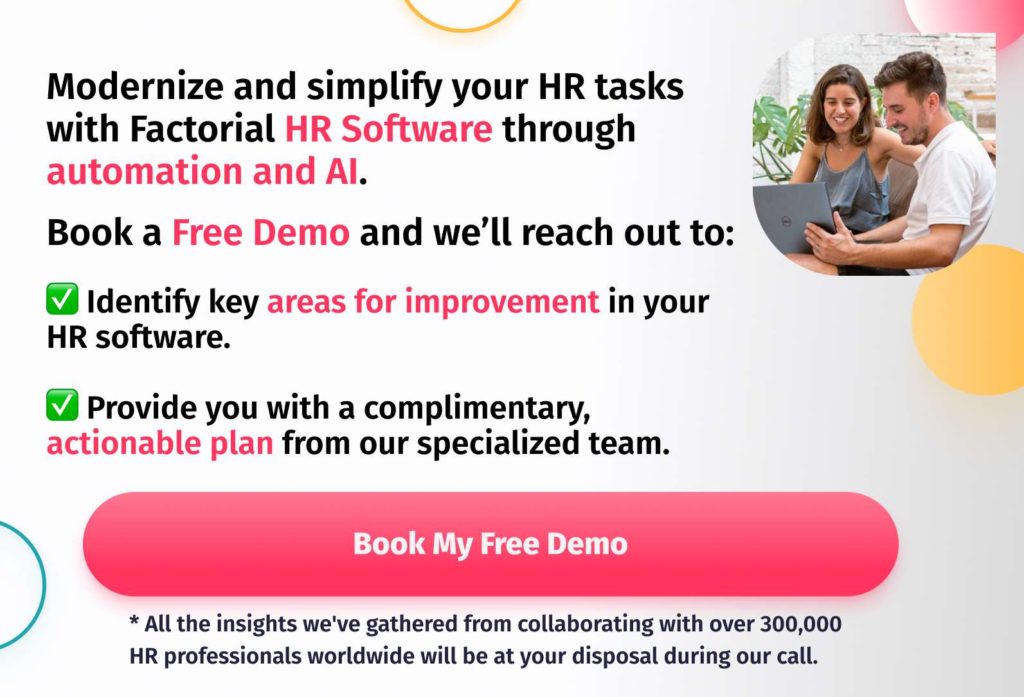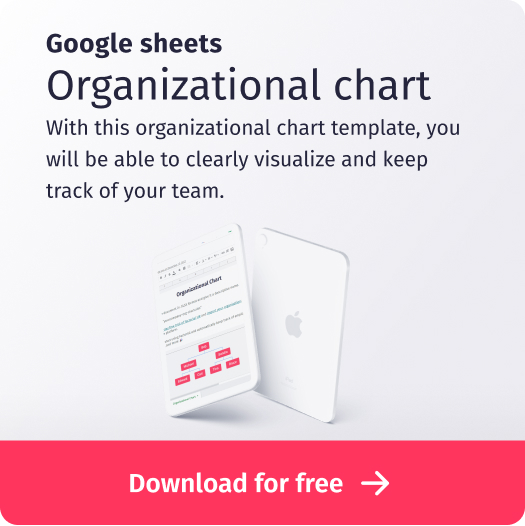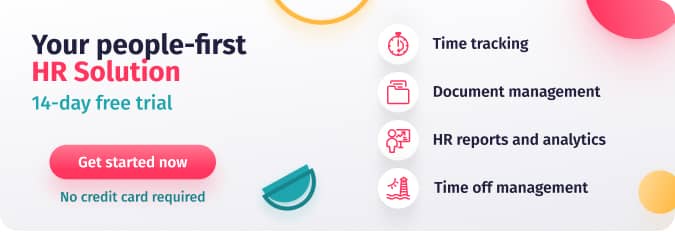For some time now, many employers have found it tough to get employees to stick around. While voluntary turnovers have slowed somewhat since the so-called “Great Resignation”, many companies are dealing with the after-effects, like skill gaps and training new employees. All of which can be expensive and time-consuming. Others are taking measures to retain top talent, such as beefing up benefits and compensation packages and implementing employee tenure programs.
According to a recent Forbes article, voluntary quits rate and employee turnover tend to point to things to come, rather than indicate things that have already happened. Although we know that high levels of job switching have taken their toll on employers, we haven’t yet felt the full consequences of the Great Resignation. If you are a small business owner or work in HR, you know that with employee turnover, prevention is much better than cure. And, in light of this, employee tenure might be a good way to boost retention. But what is employee tenure? And what are its pros and cons?
In this article, we’ll explore the topic and lay out some of the benefits and drawbacks of having tenured employees. Additionally, we’ll include resources like average employee tenure rates per industry to use as a reference.
What is employee tenure?
When you think of the word “tenure”, academia might be the first thing that comes to mind. Before starting, let’s first explain what tenure actually means in the professional world. Employee tenure works similarly to tenure in academia. In short, it’s the amount of time that someone has worked with an organization. Since employees with tenure are in it for the long haul, many HR professionals tend to value tenure during the hiring process. Aside from being better hires, tenured employees tend to also be more valuable members of teams, since they have a greater understanding of company policies and are well-adapted to the company culture.
Short vs. long tenure
Employee tenure is basically categorized into two groups: long and short tenure. For the most part, long tenure is granted to employees who have worked for the same company for five years. Short tenure, on the other hand, is roughly two years or less. Generally speaking, employees who have stayed on board for 2-4 years have average tenure.
Benefits of having employee tenure
Tenured employees as a whole tend to feel more secure about their positions and more committed to the company. Additionally, employee tenure leads to the following:
- Increased productivity- Because of their experience, tenured employees have a clear understanding of the position and company goals. As a result, they tend to be more productive than newer incorporates.
- Reduced costs- Generally, teams with tenured employees spend less on training and hiring new staff.
- Expertise- In addition to excelling in their own positions, tenured employees have the expertise to share with the entire team. They are valuable sources of knowledge and can make excellent mentors to less experienced staff.
- More motivated team- Having more long-term employees and less attrition leads to more consistency and higher motivation levels. When talent stays, it promotes stability and your entire team benefits as a result.
Drawbacks of employee tenure
Although there is much to be gained from employee tenure, no system is perfect. Here are a few issues that companies commonly confront:
- Lost interest- If employees stay in the same position for too long, they might eventually get bored. In order to avoid this, it’s crucial to provide plenty of learning and development opportunities.
- Less growth- Sometimes when employees feel comfortable in their position, they might have less of a desire to grow. In order to prevent things from becoming stagnant, make sure that employees have access to new projects and can connect with industry leaders outside of the organization to build their skill sets.
- Slowed advancement- Tenured employees might feel that they are unable to access a promotion and that the company doesn’t recognize their efforts. If you are planning on putting an employee tenure program in place, it’s important to also evaluate how you will show appreciation and award employees who are going the extra mile.
Average employee tenure by industry
According to the U.S. Bureau of Labor, the average tenure for employees was 4.1 years in 2022. These numbers change significantly depending on the worker’s age groups. Generally speaking, median tenure is much higher for older employees than for younger employees, with 9.8 years being the average tenure for employees aged 55-64, and 2.8 years being the average tenure for workers aged 25-34. The same report also indicates that there has been an overall decrease in the length of average employee tenure over the past 10 years. To give you an idea, here’s a per-industry breakdown of how average employee tenure has changed in different fields. Firstly, we’ll look at the private sector. Then, we’ll look at averages in public sectors:
Employee tenure chart: Private sectors
| Industry | 2012 | 2014 | 2016 | 2018 | 2020 | 2022 |
| Private sector average | 4.2 | 4.1 | 3.7 | 3.8 | 3.7 | 3.7 |
| Agriculture and related industries | 4.1 | 3.6 | 4.5 | 4.6 | 3.5 | 4.7 |
| Nonagricultural industries | 4.2 | 4.1 | 3.7 | 3.8 | 3.7 | 3.7 |
| Mining, quarrying, and oil and gas extraction | 3.5 | 4.0 | 4.6 | 5.1 | 4.6 | 5.2 |
| Construction | 4.3 | 3.9 | 4.0 | 4.1 | 4.0 | 3.9 |
| Manufacturing | 6.0 | 5.9 | 5.3 | 5.0 | 5.1 | 5.2 |
| Wholesale and retail trade | 3.7 | 3.6 | 3.3 | 3.2 | 3.3 | 3.1 |
| Transportation and utilities | 5.6 | 5.1 | 4.6 | 4.8 | 4.3 | 3.7 |
| Information | 5.4 | 4.8 | 4.3 | 4.4 | 4.2 | 4.2 |
| Financial activities | 4.9 | 5.0 | 4.8 | 4.7 | 4.8 | 4.5 |
| Professional business services | 3.8 | 3.6 | 3.4 | 3.6 | 3.5 | 3.4 |
| Education and health services | 4.4 | 4.5 | 3.9 | 3.9 | 3.8 | 4.0 |
| Leisure and hospitality | 2.4 | 2.3 | 2.2 | 2.2 | 2.3 | 2.0 |
| Other services | 3.8 | 4.0 | 3.9 | 4.0 | 4.1 | 3.9 |
Tenure in public sectors
| Industry | 2012 | 2014 | 2016 | 2018 | 2020 | 2022 |
| Public Sector Average | 7.8 | 7.8 | 7.7 | 6.8 | 6.5 | 6.8 |
| Federal government | 9.5 | 8.5 | 8.8 | 8.3 | 8.2 | 7.5 |
| State government | 6.4 | 7.4 | 5.8 | 5.9 | 5.6 | 6.3 |
| Local government | 8.1 | 7.9 | 8.3 | 6.9 | 6.6 | 6.9 |
Source: U.S. Bureau of Labor Statistics, Table 5. Median years of tenure with current employer for employed wage and salary workers by industry, selected years, 2012-2022
Employee tenure gifts
Perhaps you have employees who are about to celebrate work anniversaries and you’d like to recognize their dedication with employee tenure gifts. Here are a few ideas to help you get started:
- Company branded goods- For example, apparel, ceramic mugs, laptop bags, water bottles, or battery power banks. Office-related gifts are not only excellent ways to show appreciation, but also powerful employer branding opportunities.
- Gift cards- Also, you might opt to give employees a gift card for tech equipment or a local restaurant or cafe. Ask coworkers about the employee’s preferences for a more personal touch.
- Extra perks- Another idea is to provide extra small business benefits for employees who have stayed with the company for a given amount of time, like health benefits or fringe benefits. Good options include gym membership plans or e-learning platform access. Employees appreciate the gesture and it will show that your company values their physical and mental well-being.
- Extra PTO- An economical and thoughtful option is to give employees an extra day or two off for their tenure gift. They will appreciate the downtime and value the opportunity to connect with loved ones more than any other present.
- Company party- If employees have stayed with the company for 10, 15, or even 20 years, you might want to find a bigger way to celebrate their contributions. In these cases, you might want to put together a small committee and organize a company-wide party.
More ways to recognize and reward employees
In sum, recognition and appreciation in the workplace shouldn’t be limited to work anniversaries and tenure celebrations. Instead, they should be thought of as key components of the company culture. If you haven’t already, you might want to consider creating an employee reward program. Or better yet, improve your processes and operations to increase overall job satisfaction amongst your team. That’s where Factorial’s all-in-one solution comes in. With Factorial, you can:
- Send out feedback requests and employee surveys automatically
- Track employee performance and better support their professional development
- Provide new hires with an optimal, streamlined onboarding experience
- Ensure that payroll, time off, and time tracking is running smoothly
Organize Your People with This Software ✅
To maximize employee productivity and engagement levels, and help employees reach their full potential, you need to make use of the right tools. When you invest in Factorial, you invest in your company’s future and your team’s success. Give Factorial a try today.




